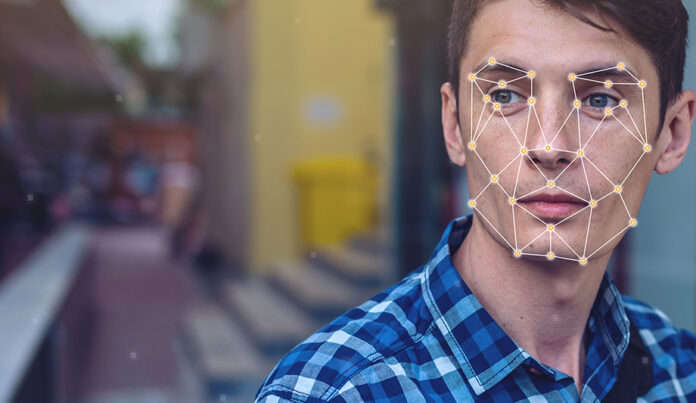Facial recognition technology has come a long way since its inception in the 1960s. What was once a theoretical concept is now a widely used and highly controversial tool in various industries. From unlocking your phone to identifying suspects in criminal investigations, facial recognition technology has revolutionized the way we interact with machines and each other. In this article, we will explore the evolution of facial recognition technology from theory to practice.
Theoretical Development: The concept of facial recognition technology dates back to the 1960s, when Woodrow Wilson Bledsoe and his team at Panoramic Research Inc. developed a system to match faces in photographs to mugshot databases. This system was the first step towards automated facial recognition technology. However, due to the limitations of computer processing power and image quality, this technology remained theoretical for several decades.
The Digital Age: The development of digital cameras and powerful computers in the 1990s led to the next stage in the evolution of facial recognition technology. In 1993, Matthew Turk and Alex Pentland at the Massachusetts Institute of Technology (MIT) created a facial recognition system that could identify individual faces with 80% accuracy. This breakthrough led to the creation of the first commercial facial recognition system by Visionics Corporation in 1996.
Real-world Applications: As facial recognition technology continued to improve, it began to be used in various industries. One of the earliest adopters of facial recognition technology was the gaming industry. In 1998, Sega’s Dreamcast console featured a camera accessory that allowed users to play games using their facial expressions. This was followed by the introduction of facial recognition technology in security systems and law enforcement.
In 2001, the UK launched the first major facial recognition program, called Face Recognition Technology (FRT), which was used to identify potential terrorists at airports. The use of facial recognition technology in law enforcement continued to expand, with police departments across the world adopting it to identify suspects and solve crimes.
Controversies: Despite the benefits of facial recognition technology, it has faced significant controversy due to concerns about privacy and accuracy. In 2018, the American Civil Liberties Union (ACLU) tested Amazon’s facial recognition system and found that it incorrectly matched 28 members of Congress to mugshots. This sparked a debate about the accuracy of facial recognition technology and its potential to exacerbate racial biases.
Facial recognition technology has also raised significant privacy concerns, with critics arguing that the technology can be used to track individuals without their knowledge or consent. In response to these concerns, several cities, including San Francisco and Oakland, have banned the use of facial recognition technology by law enforcement.
Future of Facial Recognition Technology: Despite the controversies surrounding facial recognition technology, its development shows no signs of slowing down. In fact, facial recognition technology is expected to become more widespread in the coming years, with applications in everything from healthcare to retail. However, the development of facial recognition technology must be balanced with concerns about privacy and accuracy to ensure that it is used ethically and responsibly.
In conclusion, facial recognition technology has come a long way since its theoretical origins in the 1960s. From unlocking your phone to identifying suspects in criminal investigations, facial recognition technology has revolutionized the way we interact with machines and each other. However, its use must be balanced with concerns about privacy and accuracy to ensure that it is used ethically and responsibly.





